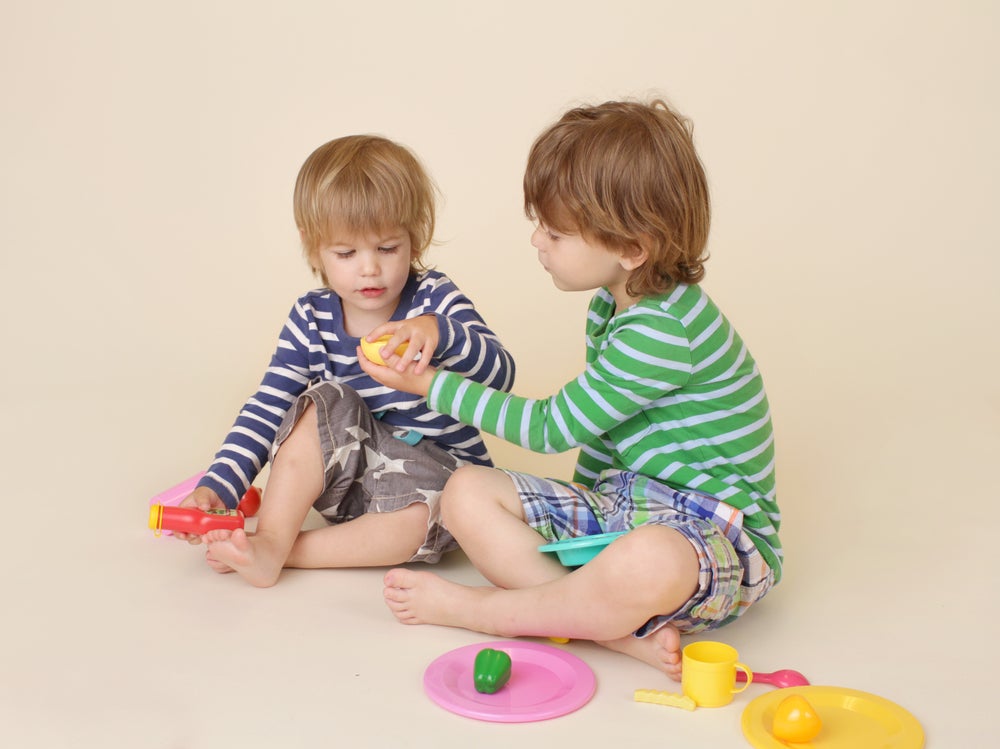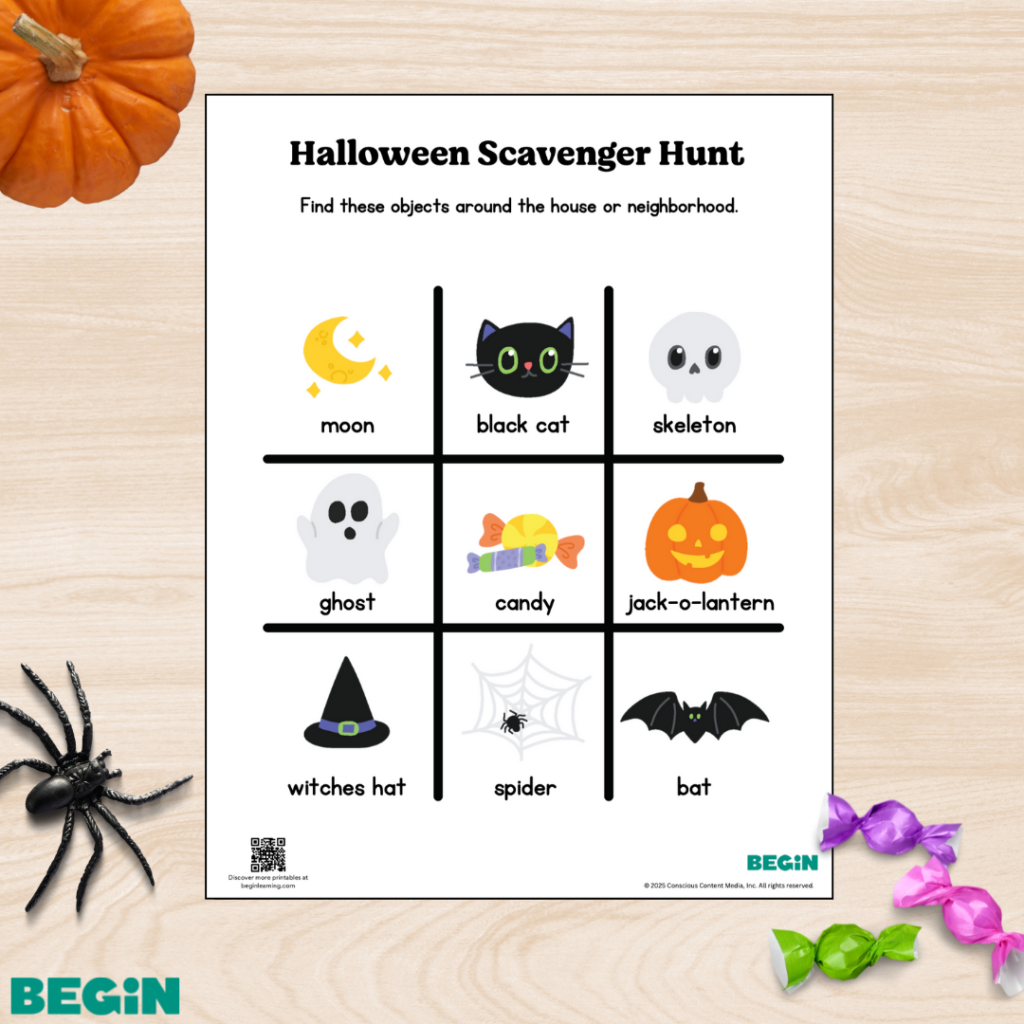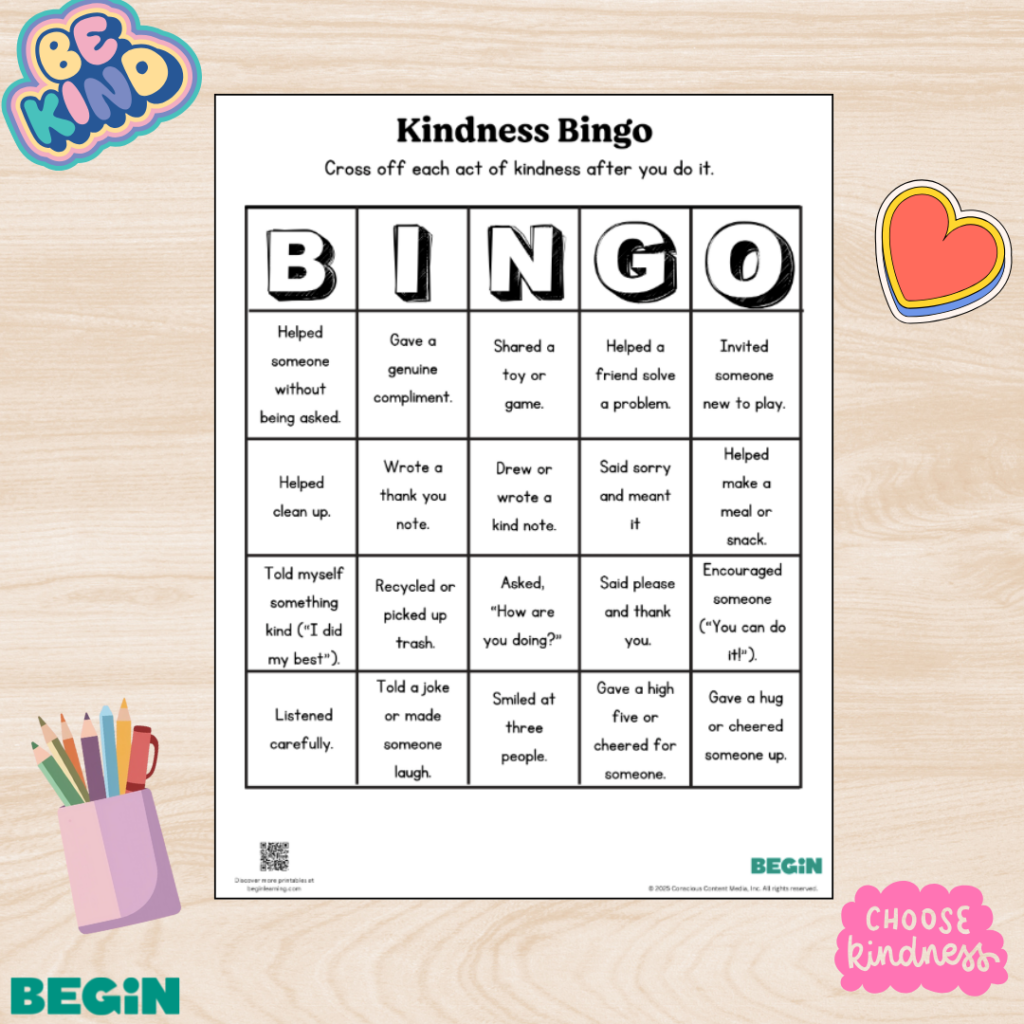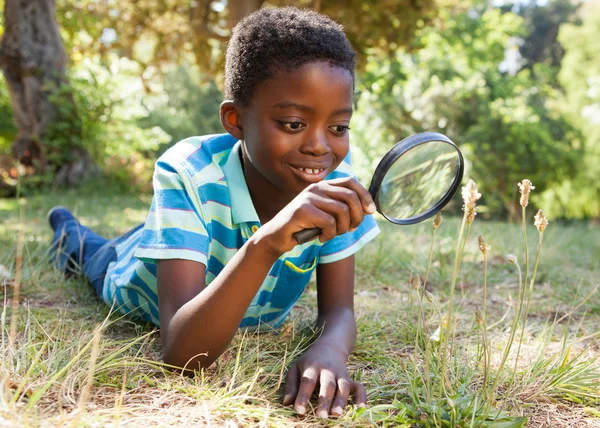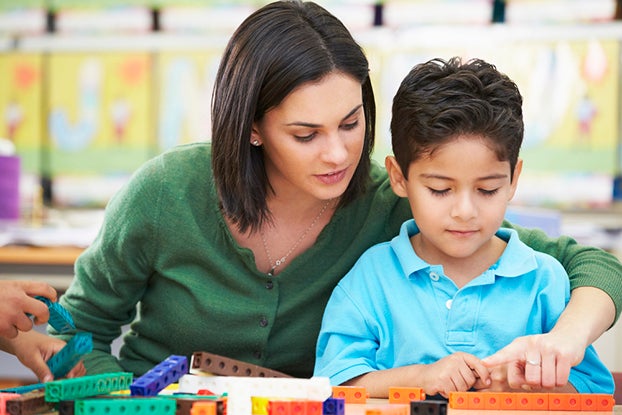If you’ve ever heard the words “gimme” or “mine” from your child followed by hugging tightly any item they want all for themselves, then you know how tricky kids sharing can be.
Young children usually put their own needs above others, and helping them understand that letting their sibling or friend borrow a prized possession is not the end of the world can be a challenge.
However difficult the task may be, it is still possible. In fact, there are various strategies you can use to help your child get comfortable with sharing. We’ll be discussing the most effective ones with you here.
The Short Cut
- Learning to share is part of building Character, one of Begin’s research-based 5 C’s that help kids develop social skills and more
- Sharing is one of the first friendship skills a child learns, so it’s important practice for building relationships
- Introduce sharing through the idea of give and take, so kids understand that when they share, they’re likely to receive something positive in return
- Start sharing when there is plenty to share! E.g., bake a batch of cookies and encourage your child to give one to a friend
Importance of Learning to Share
As your child starts socializing on playdates, in school, or in other social situations, encouraging them to share can help them build positive relationships with others.
Here’s how sharing benefits your child.
Friendships
The more your child learns how to share, the easier it will be for them to make and keep friends.
Friendships can be complicated, and we’re not implying that just because your child shared their toy truck today, they have now built a lifelong friend. However, kids are naturally loving and grateful, and when someone is willing to share some of their prized possessions, it makes building friendships easier.
Give and Take
Most relationships require both parties to operate on a give-and-take basis.
When your child learns how to share, they begin to understand that they will probably get something of value in return. For example, now that they’ve shared their doll with a friend, the two of them can have a tea party with their dolls!
Emotional Development
Social and emotional development is a lengthy process that begins in early childhood. When your child starts sharing, they learn to let go of something they might value without throwing a tantrum.
The above are just a few areas where kids sharing can prove to be very beneficial for children. But before encouraging your child to hand over their toys, it’s essential to know whether or not they are ready.
Is Your Child Ready to Share?
Here’s a look at some of what you can expect from young children at different stages of their development.
Toddlers
Most toddlers don’t understand sharing quite yet. Toddlers are still learning to manage their feelings, and they tend to be impatient and egocentric.
This makes it challenging for them to comprehend why they have to wait their turn if another child is playing with something they want.
The key components to introducing sharing behavior here are continued encouragement and lots of practice.
Preschoolers and Kindergarteners
Children three years and older understand the basics of sharing and taking turns. However, they are still emotionally developing and may be reluctant to give up something they have.
You can encourage sharing by speaking to your child about other people’s feelings. Children tend to view life from their own perspective. Helping them see how hurt someone else is can encourage sharing and empathy.
5 Ways to Encourage Kids to Share
1. Model Generosity
Children learn best about sharing when they witness sharing behavior. So, share your slice of cake with them or allow them to try on your hat.
Help them see you share with other people as well. For example, “I’m going to share my favorite scarf with my friend,” or “My friend asked for my cookbook, so I shared it with her.”
Modeling sharing behavior in these low-stress situations can help your child begin to understand that sharing is a normal part of life.
2. Talk About Sharing
Sometimes talking things through will help your child learn that sharing doesn’t have to be catastrophic.
You can start speaking about sharing when there is plenty to share. For example, “We have six cookies to share between you and your friend. You pick one, and your friend can pick another.”
To help encourage kids to share, continue speaking to your child about the positive aspects of it. For instance, you can highlight that sharing their ball means they can play a game of catch with a friend.
That being said, things aren’t always going to run smoothly. For example, your child’s friend might be the one holding back the ball.
In these situations, try to focus on explaining how the friend might be feeling. “David really likes that ball and wants to play with it now. Let’s see if we can find something else to play with.”
Communication is best when it’s two-sided, so don’t forget to allow your child to express themselves, too. At this stage, they may not be able to put into words what they are feeling. However, you can say, “You look disappointed that David won’t share his ball with you.”
This helps your child see that you recognize and understand their feelings. However, while we encourage talking things through, timing is just as important.
If, for instance, your child is having a squabble with another child over a toy and emotions start to flare, it’s best to remove your child from the situation. Once they have both calmed down, you can then speak to them again about sharing.
3. Practice Positive Reinforcement
Positive reinforcement is a great way to encourage your child to keep sharing. For example, you might say, “I’m so proud of you for sharing your toy with Josh today!” Young children thrive with lots of encouragement, so this can be extremely helpful.
If your child’s friend is the one sharing, remember to praise them as well!
4. Encourage Problem-Solving
When your child has a firm grip on their favorite toy, the concept of sharing it with their friend may not have occurred to them.
You can encourage them to share by introducing the idea of taking turns and setting a kitchen timer to help manage the process (or problem-solve). Offering ways to solve the problem can lead kids to come up with their own solutions.
But even with lots of encouragement, sometimes children may not be ready to share certain toys. That’s OK!
In these instances, offer your child a choice of what to share. For example, “If you don’t want to share your favorite doll, can you find another doll to share with your friend?”
5. Make Sharing Fun
Teaching kids sharing doesn’t have to be boring or involve a lot of lectures. There are fun and simple ways to encourage this through everyday life.
For example, you can take turns adding pieces of a jigsaw puzzle, watering some plants, or even unpacking shopping bags together. The idea here is to allow your child to see how enjoyable sharing can be.
Tips for When Sharing is Difficult
You might follow some of the above strategies and find that your child still has trouble sharing. What can you do then? Let’s take a look.
Offer a Long Turn
Earlier, we mentioned that after speaking to your child about sharing, you can help them understand that it’s not permanent by setting a timer for the sharing process between your child and their friends.
To encourage good sharing behavior, increase the timer so they have more time with the toy. If your child is waiting to play with a toy, try to take their mind off of it by focusing on other options.
Don’t Punish Your Child
If your child throws a tantrum or refuses to share their toy truck with a friend, it can be embarrassing and frustrating for you.
However challenging, remember that not wanting to share doesn’t make your child selfish! It might take a while for your child to willingly share anything they love, and punishing them will not make the process easier.
In fact, punishing or labeling your child (saying words like, “You’re so selfish”) may make them associate sharing with negative consequences, which can discourage them.
When you’re faced with a tantrum or continuous arguing, we recommend having your child take a few minutes of quiet time in another room to calm themselves. You can also show them how to practice deep breathing.
Expect Selective Sharing
We’ve discussed the importance of sharing and some strategies you can use to help your child see that sharing is good. But what happens when they refuse to share certain things even after you’ve followed the tips above?
First, realize that it’s natural for your child to have a favorite toy, book, or other item that they simply don’t want to part with. Next, respect that and ask permission from your child before allowing their friend or sibling to borrow that item.
You may also want to tell the friend or sibling that a specific toy or book is too special to your child and ask what item your child would be happy to share instead.
Finally, don’t force the issue. Put the item aside and try again another time.
Learning to Share with Begin!
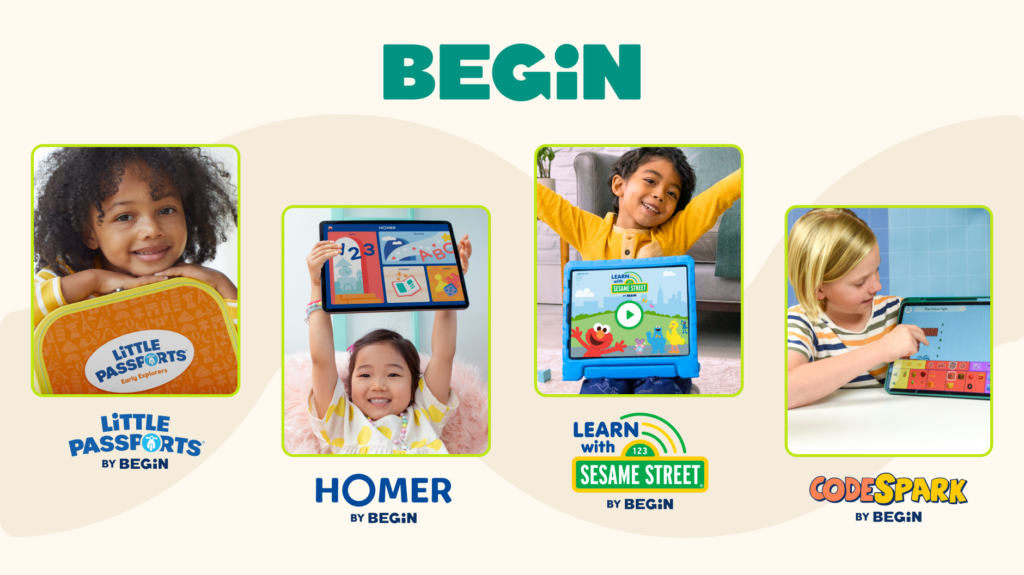
As parents, we love to see our kids sharing with their friends or siblings. But getting them to do so with open hearts and smiles on their faces isn’t always the easiest task.
Begin can help!
The first stage of our learning membership, created with the experts at Sesame Workshop, covers essential social-emotional learning skills—including sharing!
Take our online quiz to see how we can help your family today!
